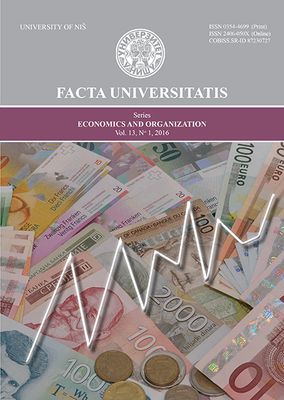MEASURING CORRUPTION – KEY ISSUES, DATA SOURCES AND THE MOST COMMONLY USED INDICATORS
MEASURING CORRUPTION – KEY ISSUES, DATA SOURCES AND THE MOST COMMONLY USED INDICATORS
Author(s): Danilo Lučić, Nataša Golubović, Marija DžunićSubject(s): National Economy
Published by: Универзитет у Нишу
Keywords: corruption; measuring of corruption; perceptions, composite indicators
Summary/Abstract: Corruption is a complex social phenomenon with multiple negative effects on the socio-economic efficiency. Therefore, it is a subject of research in various social disciplines. In economic analysis, special attention is directed towards corruption measurement. Despite numerous attempts, this issue has not been completely resolved. Since corruption is a phenomenon that cannot be directly observed, its measurement is based on indirect signals and subjective perceptions. Key problems in measuring corruption relate to the lack of objective data, estimation errors and the problems of establishing a clear link between the measurement results and effective anti-corruption policies. The aim of this paper is to highlight the basic methodological problems and limitations in measuring corruption and provide a theoretical overview of the existing research in this field.
Journal: FACTA UNIVERSITATIS - Economics and Organization
- Issue Year: 13/2016
- Issue No: 1
- Page Range: 101-115
- Page Count: 15
- Language: English

